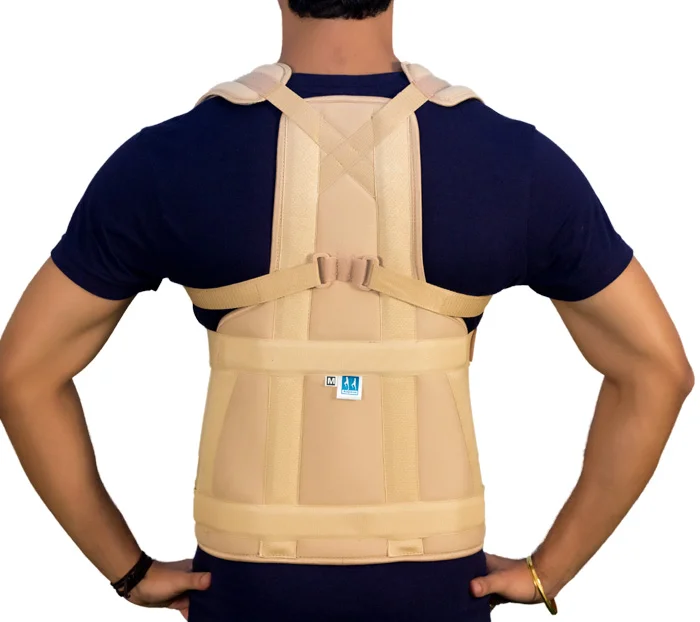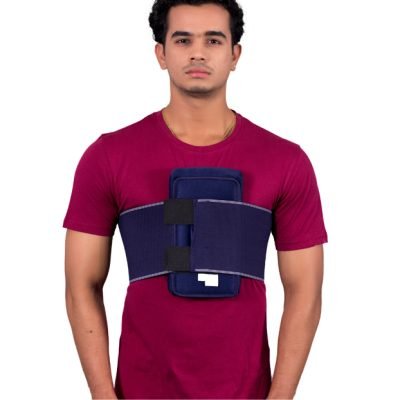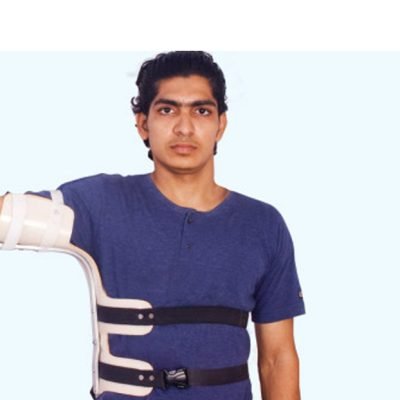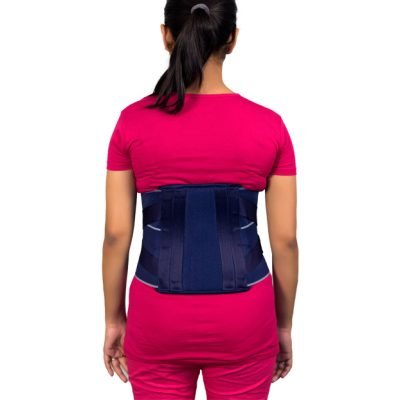Description
Product Code : A015
Product Category : Body Belts & Braces
Size : S, M, L, XL
Dimensions (cms) : 53 x 45 x 1.5
Weight (gms ): 800
Features:
- Durable orthosis with two rigid up right para-spinal bars, which contain the spine in neutral position while permitting the requisite movement.
- Vertical as well as horizontal malleable aluminium splints to provide perfect shape for immobilization and comfort.
- Anterior elastic corset for better fitting.
- Velcro strapping for easy application and removal.
Indications:
- Mild thoraco -lumbar region.
- Herniated disc problems.
- Post operative rehabilitation.
- Hyper kyphosis with chrinic back pain.




